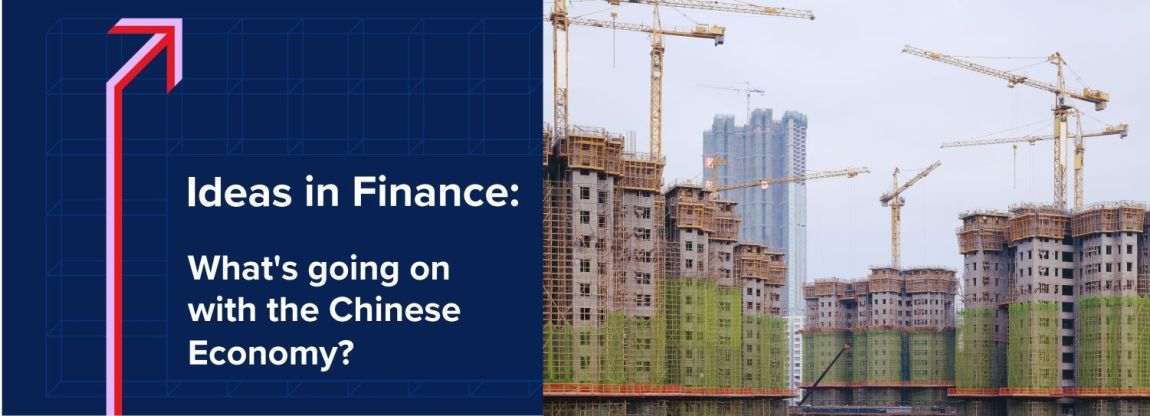What’s going on with the Chinese Economy?
Most people probably assume that China’s economy is strong. They heard glowing commentary of strong growth for so long they stopped paying attention. Surprisingly, though, while the growing Chinese economy helped Australia avoid the worst of the Global Financial Crisis, the Chinese stock market averages are now lower than they were back in 2009. The CSI 300 Index, which includes the top 300 stocks listed in Shanghai and Shenzhen, is now at 3,333. In 2009, it was 3,556. In between, it hit a peak 5,230 in mid-2015 before dropping sharply and spending several years in the doldrums. During 2020, the CSI 300 climbed steeply, hitting almost 6,000. But since early 2021 it has all been downhill.
According to World Bank data, headline GDP numbers out of China look strong. But the rate of growth in GDP has been falling since 2007 when it reached a peak of 16 percent p.a.
In 2022, the Chinese economy grew by just 3 percent. Unemployment has been steadily rising throughout the 21st century, and now stands at almost 5 percent. Alarmingly, unemployment for those aged 16 to 24 is more than 20 percent. According to the Council on Foreign Relations, the reason for this is that there is a disconnect between the huge numbers (in the hundreds of millions) of college graduates in disciplines such as engineering and computing and the government’s go-to strategy for stimulating the economy: residential construction. The jobs in computing dried up, while jobs in construction aren’t suitable or desirable for software engineers.
While most people probably also assume that China continues to accumulate a large share of the manufacturing capacity that had been draining from the West since the 1980s, in 2023 China recorded its first ever quarterly deficit in foreign direct investment (FDI). More money flowed out of China than into China. This doesn’t necessarily indicate that Western companies are pulling out of China, but it does indicate that (for now) they aren’t investing more.
One of the most interesting parts of the story is the contrast between the much-publicised housing shortage in Australia and the housing glut in China. As mentioned, the Chinese government favours construction as a method for stimulating economic growth. The result is that according to most estimates, China has at least 80 million empty apartments (maybe more). Business Insider reports that there are enough dwellings to house 3 billion people. To be clear, in addition to housing all of China’s 1.4 billion people, there are enough dwellings to house 1.6 billion more (i.e., a total of 3 billion people).
If you haven’t seen the documentary series, Civilisation: A Personal View, written and presented by Kenneth Clark and produced by the BBC in the late 1960s, it is worth watching. One of Kenneth Clark’s key points is that confidence cannot be underestimated as a driving force, an impetus. Has China lost its confidence or is it just in a temporary slump?
The answer to this question could have significant implications for Australia. For many years, Japan was Australia’s most important export market. In 2009, China overtook Japan for the first time and has remained ahead ever since. Exports to China, according to the ABS, in 2023 were more than $203 billion. Japan is now a distant second ($114 billion), followed by South Korea ($50 billion), the United States ($32 billion), and India ($32 billion).
Obviously, Australian exporters will be hoping that the headwinds facing the Chinese economy do not dramatically affect Chinese demand for Australian exports. Australia has adjusted in the past (from Britain to Japan, for example) but the change was gradual. A sudden decline in Chinese demand would be very difficult to replace.
Discussion Question
What are the implications, short-term and long-term, for Australia’s economy if the sluggishness in China becomes more pronounced or lasts for a considerable period?

